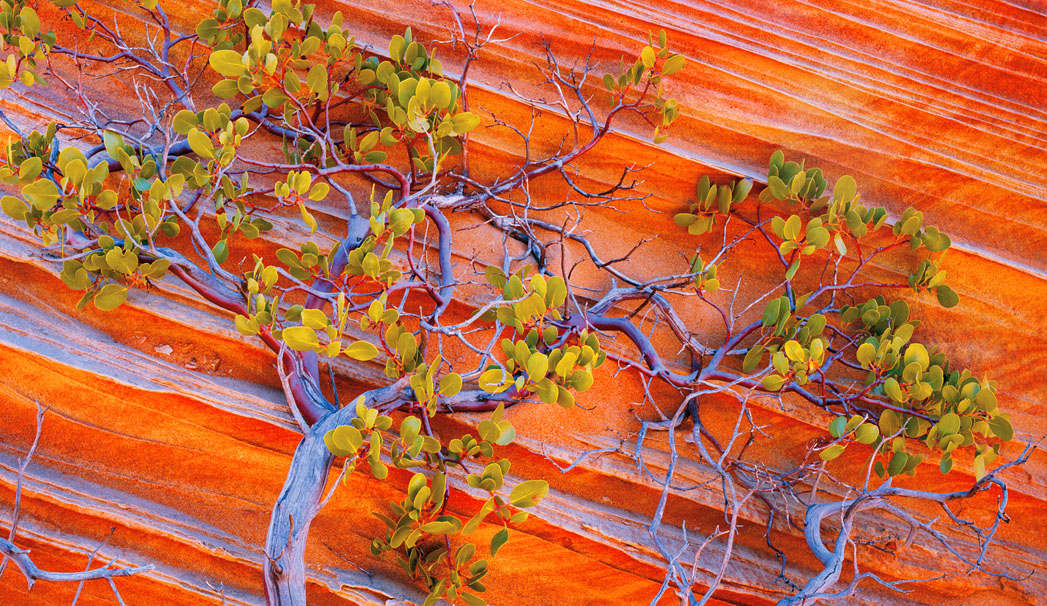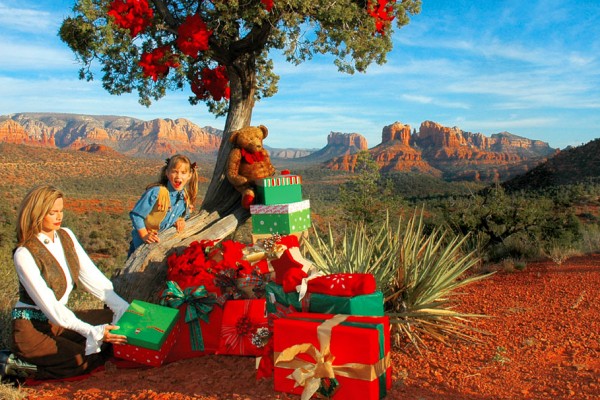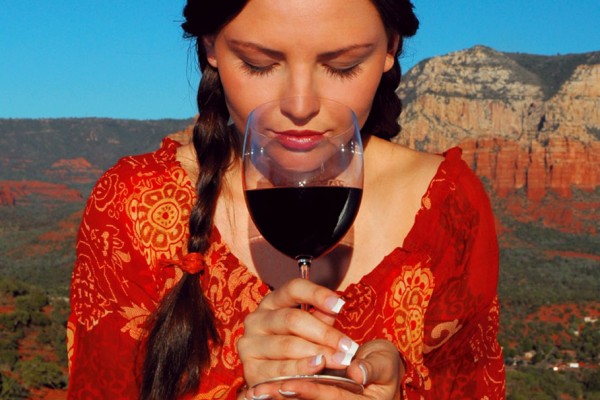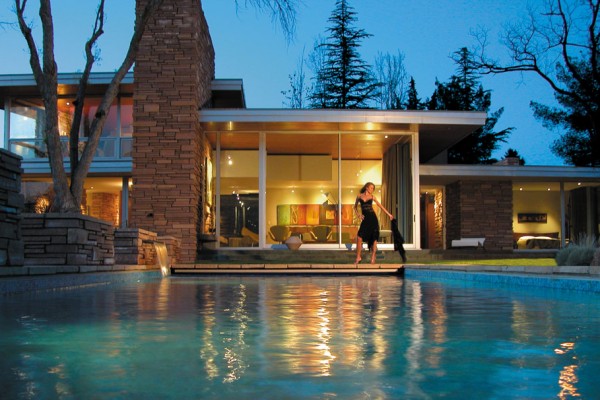Most of the millions of visitors who come to northern Arizona are connected to their cameras like it was a third eye. Wandering through galleries, seeing images of iconic locations such as Red Rock Crossing and the Mittens, who hasn’t dreamed of dazzling friends back home with their own shots? But is that realistic? Can an amateur shutterbug capture an Ansel Adams-esque shot on a week’s vacation? To improve your odds, we asked a pair of pros to offer advice on photographing Sedona and Canyon de Chelly. Find out the best time of day and year to capture each spot, the equipment to bring along, and more. And if you’re not interested in creating your own masterpiece? Then just enjoy some of these artists’ exceptional images and learn more about the geologic wonders of the Colorado Plateau.
Jack Dykinga: Vermilion Cliffs National Monument
In 1971, Jack Dykinga won the Pulitzer Prize for Feature Photography for his work with the Chicago Sun-Times – he’s since relocated to Tucson, working with National Geographic, Time, Sunset, and others. Next spring, he’ll publish his ninth book, a collection of his Grand Canyon photography. In between shooting the plains of South Dakota and a hurricane in Florida, Jack spoke with us about Vermilion Cliffs National Monument, a 294,000-acre area of natural wonders. Jack first shot the very rugged area in 1978, and still visits twice a year. See his work at www.dykinga.com and The Etherton Gallery in Tucson (www.ethertongallery.com).
Sedona Monthly: What time of day or season is best for shooting Vermilion Cliffs?
Jack: It’s about serendipity, and that can occur at any time. I’ve shot in all different seasons and even bad weather. You have to be willing to change your plans at the drop of a hat and spend several nights in the area, if possible, to get what you want. In the Southwest the best times [to shoot] are early morning and late evening, when the horizontal light emphasizes the land’s texture. Of course, if a storm comes in, you have spot lighting and you can photograph that all day long. After flash floods the mud dries and forms cracks, which make beautiful designs.
What type of camera do you use?
I use a 4×5 Arca-Swiss camera with transparency film [slides]. I don’t take that many shots, and everything I shoot gets published somewhere. But there are only one or two a month [I consider] fine art. I spend a lot of time looking at the landscape. In landscape photography you are photographing the light more than what it’s illuminating. The light is the subject itself.
What’s the most important piece of equipment to have at Vermilion Cliffs?
A tripod. It allows you to stop your lens down for detail and depth and it slows you down. Don’t go too fast. Put a jacket over your head and really focus on the frame in front of you. Being fast is your worst enemy with landscape photography.
Vermilion Cliffs is a very rugged area. Can you offer advice on planning?
Pack light, because some areas require a four-mile walk, sometimes through soft sand. Bring lots of water. Quicksand can also be a concern. A four-wheel drive or high-clearance vehicle is a must.
Any final words of wisdom for photographing Vermilion Cliffs?
When using your tripod, leave the lower legs extended so the joints never touch the sand. Sand can jam up those joints and ruin your life. Bring Ziploc bags to protect your equipment from blowing sand. And the No. 1 lesson I can offer is to abandon all preconceived notions. You might have a specific shot in mind and, on your way, you’ll pass by five or six better ones. It’s all about seeing.




